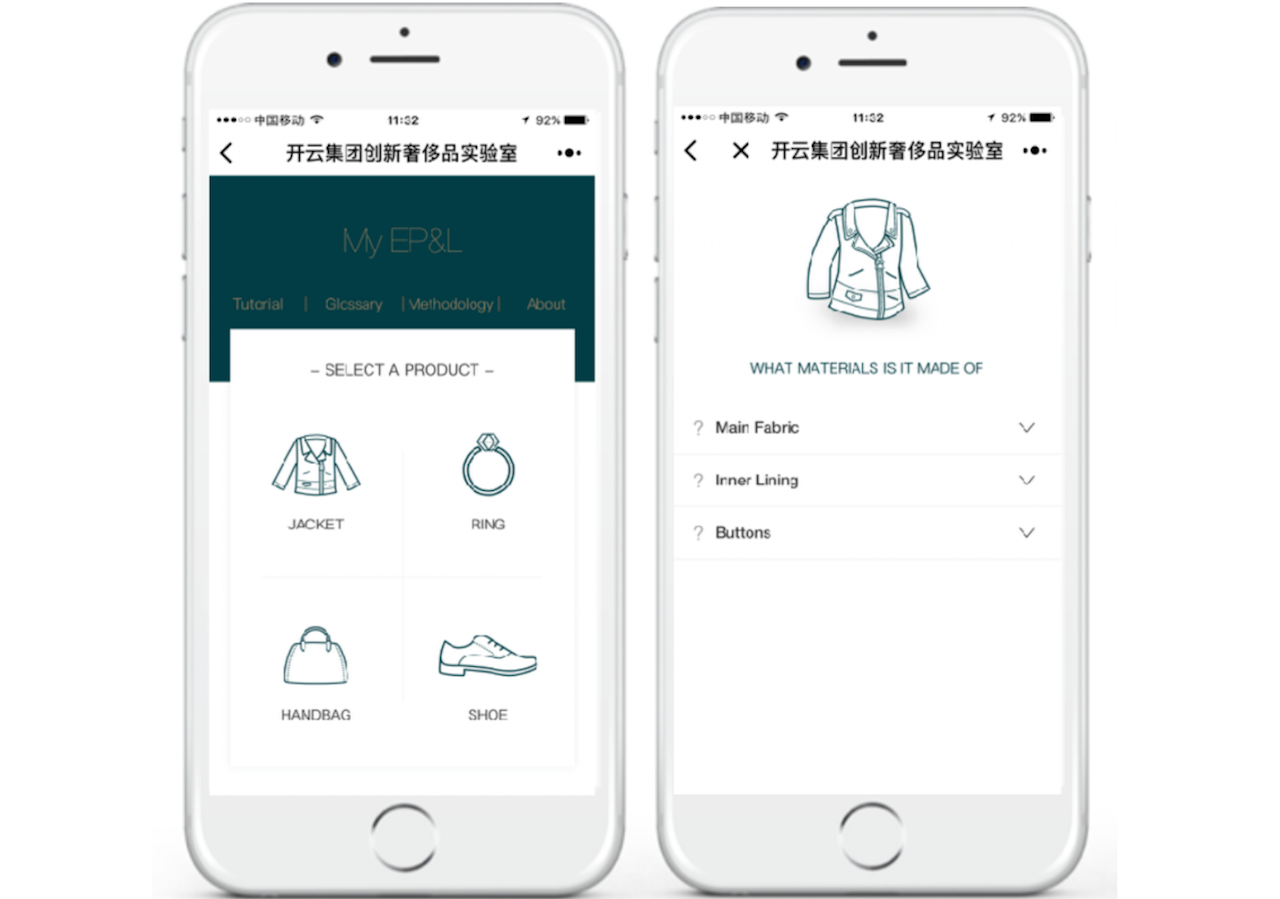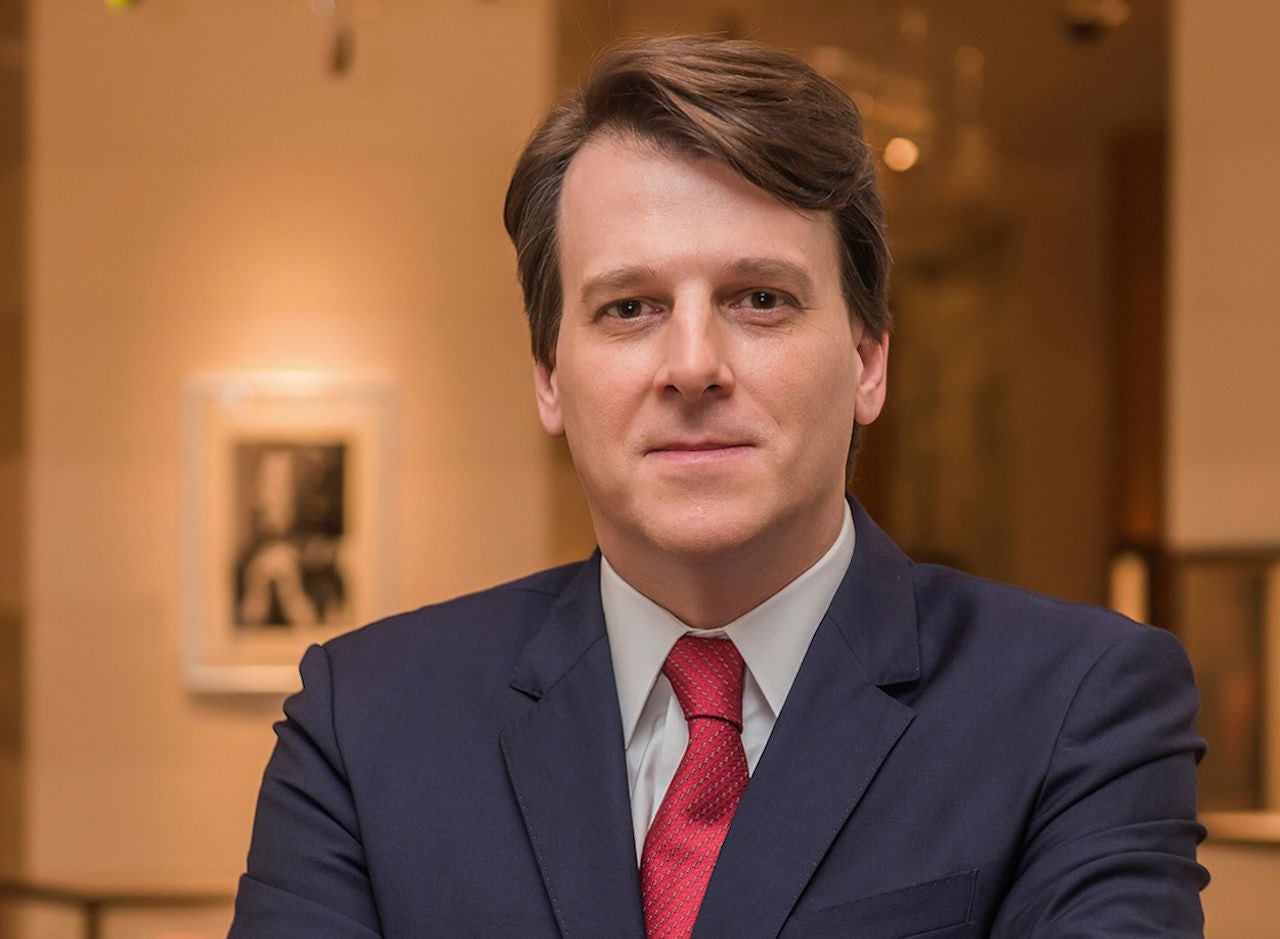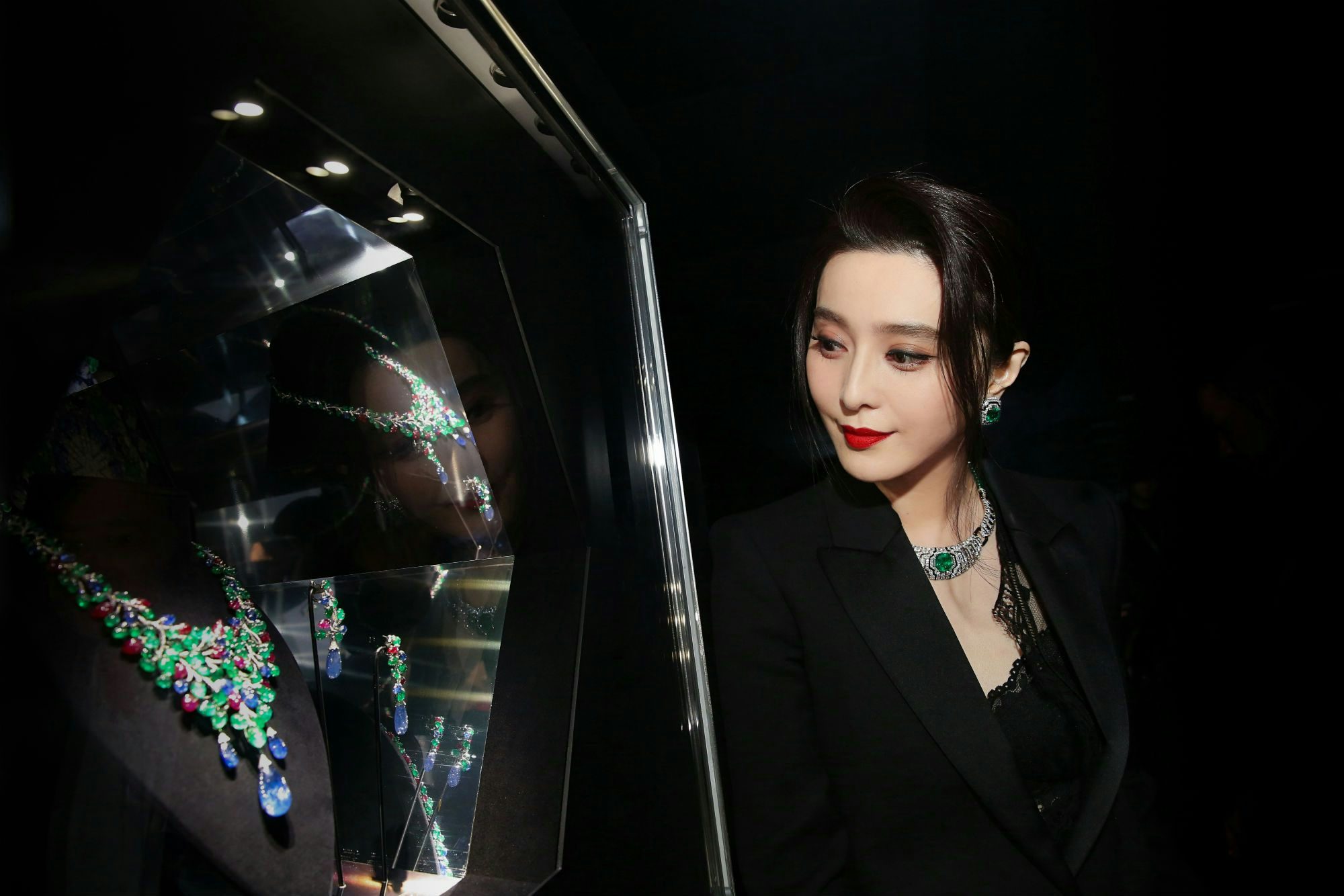With more than 900 million daily active users, WeChat has become essential to many luxury brands’ digital strategies in China. According to Alexis Bonhomme, Chief Strategy Officer at digital and technology agency Curiosity China, they’ve now developed a “Chinese global shopper” strategy that treats WeChat as a crucial ecosystem.
“Brands understand they need to do ‘digital tech’ and not ‘digital advertising’ to engage with Chinese consumers, who represent roughly 35 percent of total luxury sales in the world,” Bonhomme says.

Which luxury brands are utilizing WeChat best? Drawing on Curiosity China’s latest report and Bonhomme’s expertise, we picked out 10 examples that set the standard for best practices.
1. Most Engaging#
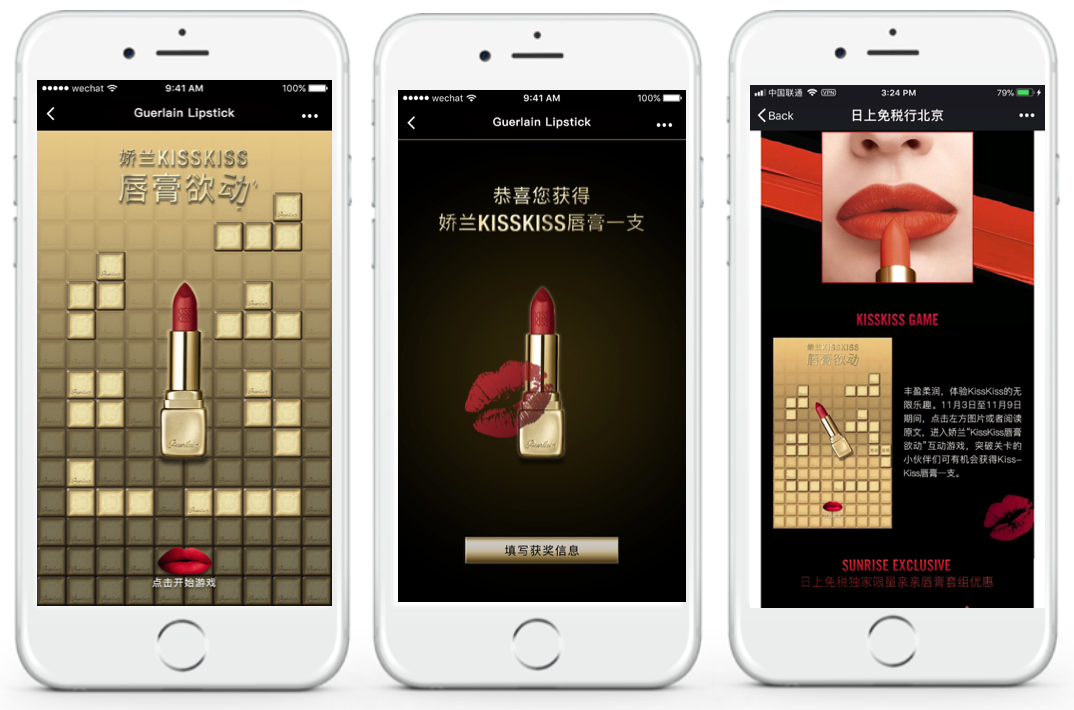
To celebrate its latest lipstick, the KissKiss Matte collection, Guerlain partnered with a major player in duty-free shopping, Sunrise Duty-Free, to create a WeChat game. Within 10 days of its launch, the campaign attracted 18,582 page views and 10,000 players.
Bonhomme says, “a standard post is not enough anymore. Guerlain’s gamification campaign engaged their customers in unique ways. The original Tetris mini program raised awareness among the targeted group about the newly released collection and generated engagement.”
2. Most Beneficial#

Michael Kors launched a mini-program that focused on membership services, becoming the first luxury brand to do so. Now when consumers are shopping in a Michael Kors store, they can check product details in real-time. They can also review the shopping experience and access after-sale service benefits using the mini program.
Bonhomme says, “As one of the first luxury brands focusing on membership services on Wechat, this mini-program truly offered added-value for the online-offline customer experience.”
3. Most Thoughtful#

Kering’s mini-program, “My EPamp;L”, allows users to calculate the environmental “profit and loss” of their purchases. They can make more informed decisions based on a score that is broken down by materials, sourcing of materials, and the manufacturing region of a product. It offers tremendous transparency about the supply chain of a given luxury item.
Bonhomme says, “Kering’s informative and engaging mini program leads the new trend of CRS communication in the market. The campaign enabled the company to have a distinguished eco-friendly image among Chinese customers.”
4. Most Creative#
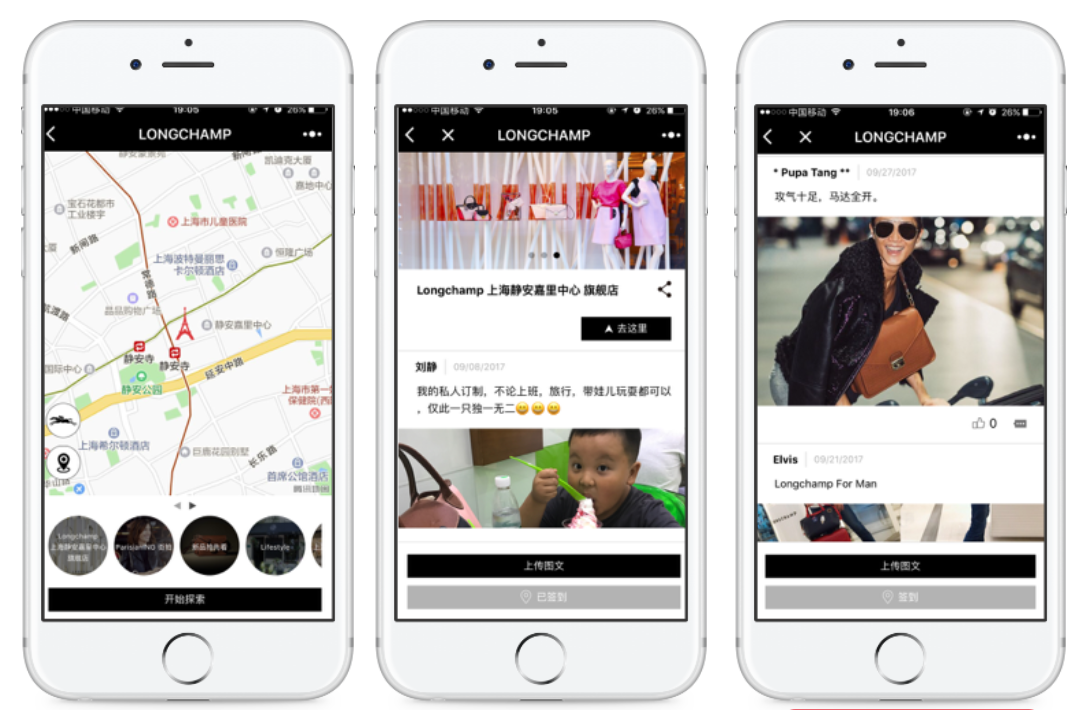
This location-based photo sharing platform allows users to search Longchamp store locations, and use a digital map to navigate their way there. The subpage for each location is designed to look and feel like the WeChat moment sharing pages. Users can check in and share photos of their Longchamp bags within a mini-community.
Bonhomme says, “This is a creative way to interact with fans. Instead of using Wechat as a one-to-one communication tool between the brand and the customers, Longchamp made a distinct use of Wechat by encouraging fans to share with each other inside its mini-community.”
5. Most Shareable#
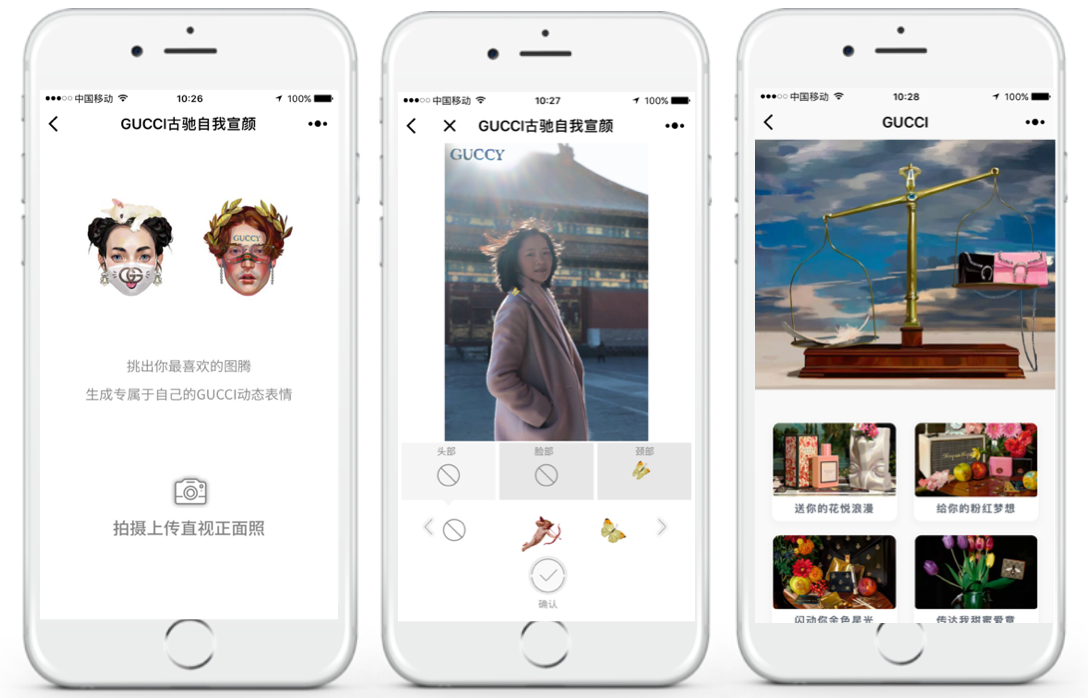
Gucci’s gift card mini-program combines two highly shareable functions—one is a photo editor, which allows users to add customized Gucci stickers to their photos, while another one is e-gift cards for small items like perfume, wallet, candles, and cups. Once purchased, the user can send the card directly to their friends via WeChat, and the gift can then be picked up from a Gucci retail store.
Bonhomme says, “The campaign was very much welcomed for its personalized experience and fun social value. Gucci adopted a creative approach to generating User Generated Content (UGC) and redirecting gift card shares, which ultimately led to increased following and revenue.”
6. Most Functional#
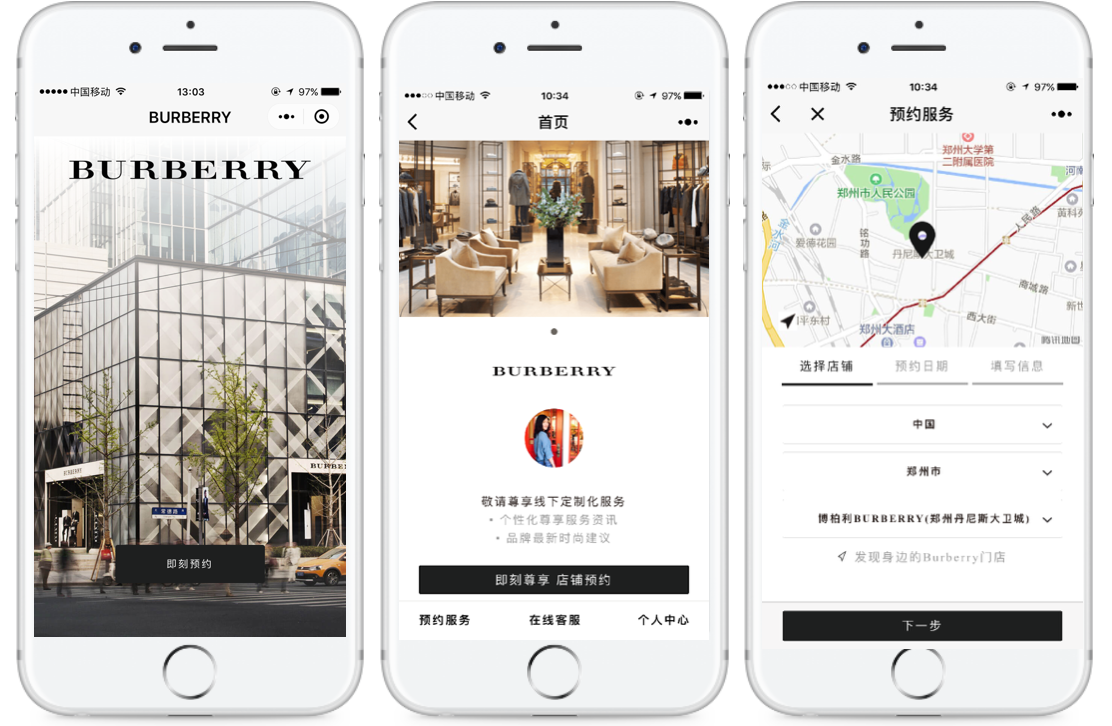
The goal of Burberry’s mini-program is to drive traffic to retail stores while complimenting its in-store services. Users can make plans to visit specific stores at specific times, and supplement their accounts with important personal information. They can also chat one-on-one with an online customer service representative via this mini-program.
Bonhomme says, “The brand made the mini-program a well-thought-out extension of their offline customer service. This WeChat customization service empowered the brand to efficiently collect customer data and drive to Burberry offline boutique.”
7. Most Immersive#
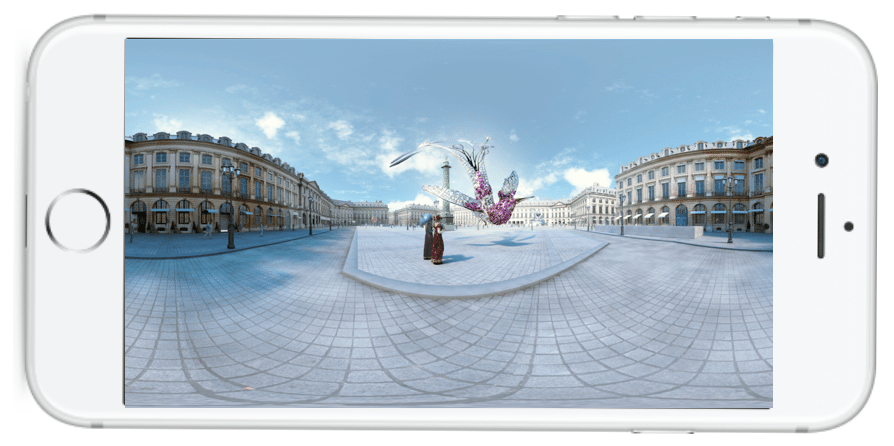
Chaumet granted fans an opportunity to attend a 360-degree VR exhibition where their jewelry was displayed in the Forbidden City.
Bonhomme says, “Combined with the VR function, the brand provided an unforgettable immersive user experience.”
8. Most Star-subbed#
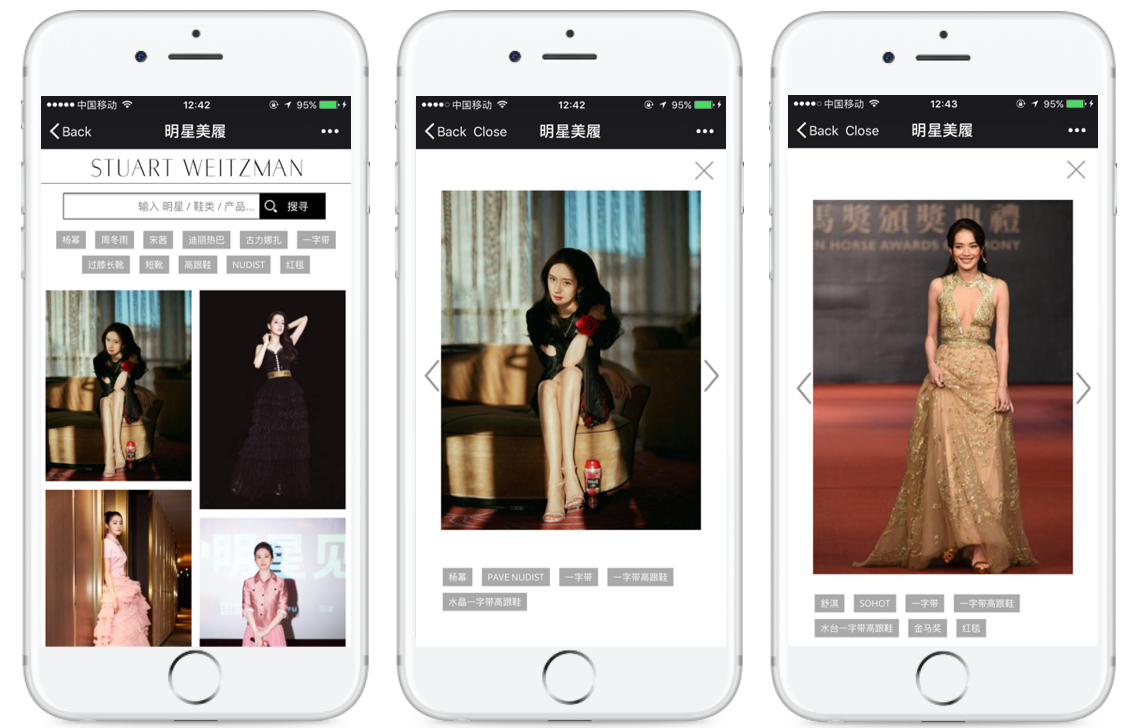
Stuart Weitzman’s HTML 5 campaign created a pseudo search engine that displayed images of five celebrities in branded clothes. The featured items and celebrities’ names were highlighted as search tags.
Bonhomme says, “Leveraging the right KOL or celebrity to educate and empower consumers enabled Stuart Weitzman to build an emotional and interactive connection with their consumers. As a win-win strategy, the brand earned strong celebrity endorsement while the celebrities got a good opportunity to interact with fans.”
9. Most Exciting#
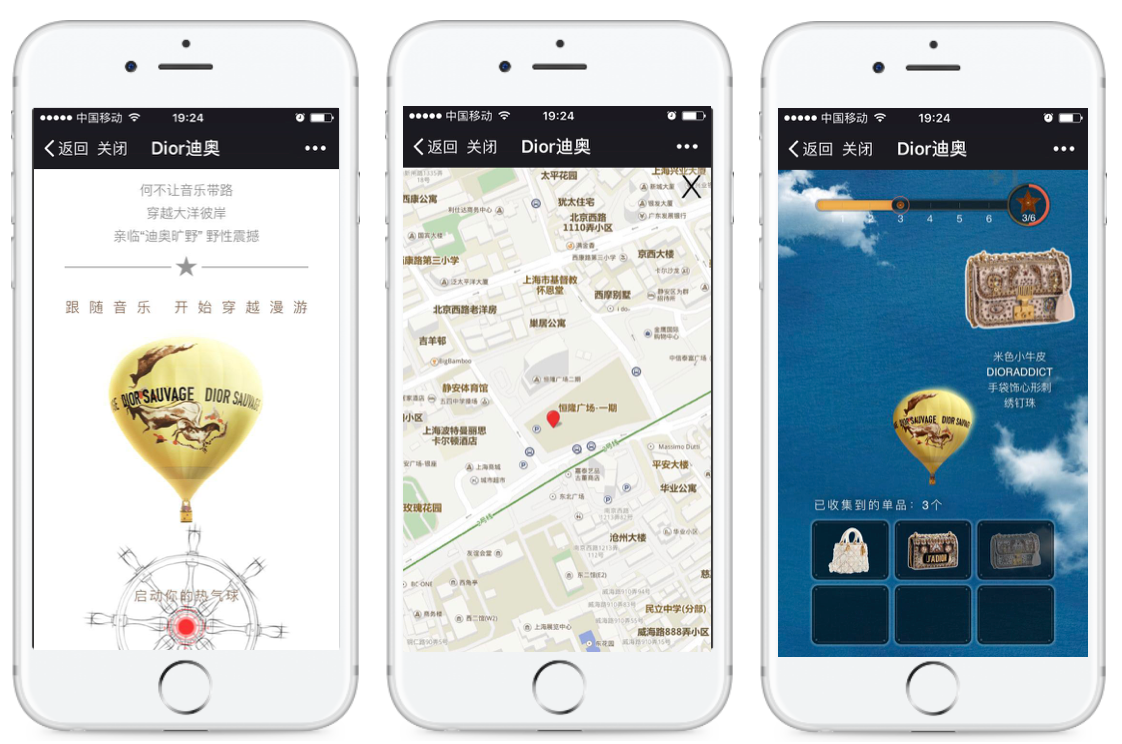
This interactive game was created to generate awareness for the grand opening of a new Dior store in Shanghai. As long as users collected all six in-game Dior items, they could set off in a virtual hot air balloon and witness the real event in front of Plaza 66.
Bonhomme says, “The brand chose to place the gaming mini-programs in a retail environment to add a memorable in-person touch. The campaign made full use of offline and online channels to generate traffic as well as to offer a cohesive user experience.”
10. Most Comprehensive#
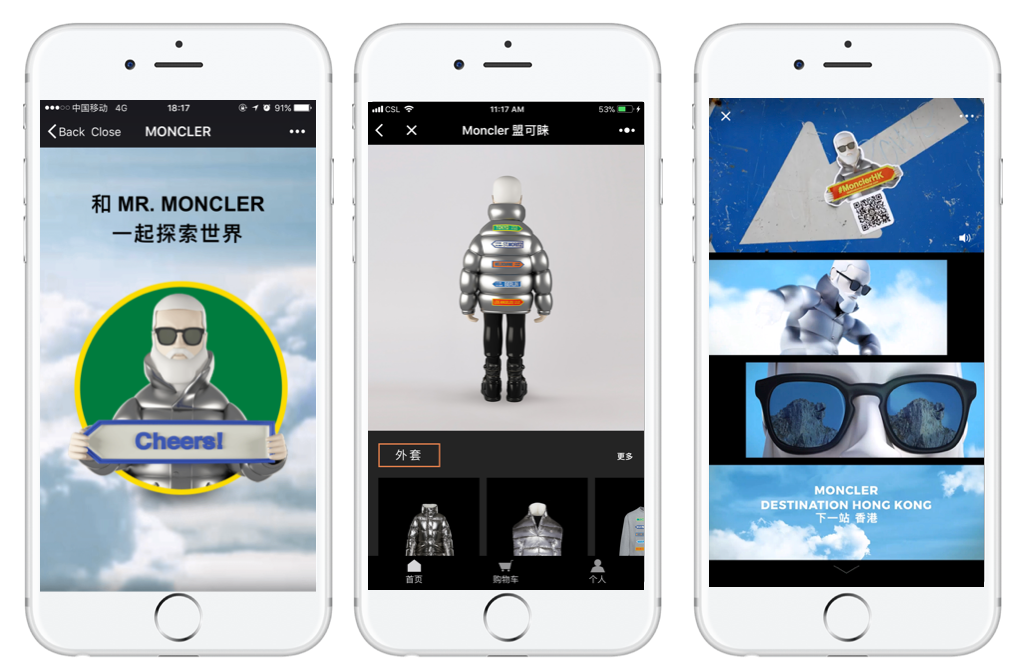
Instead of going ahead with traditional advertising in China, Moncler decided to go full speed into ‘digital tech’. Within two months, Moncler initiated multiple key projects on WeChat, including the launch of a Customer Relationship Management methodology, a game to find Mr. Moncler hidden in the streets of Hong Kong, and an e-commerce mini-program to sell items from exclusive collections.
Bonhomme says, “Based on a profound comprehension of digital-driven Chinese customers, Mr. Moncler’s ‘overnight’ creation of an all around WeChat strategy made the digital presence of Moncler in China unique and innovative.”
